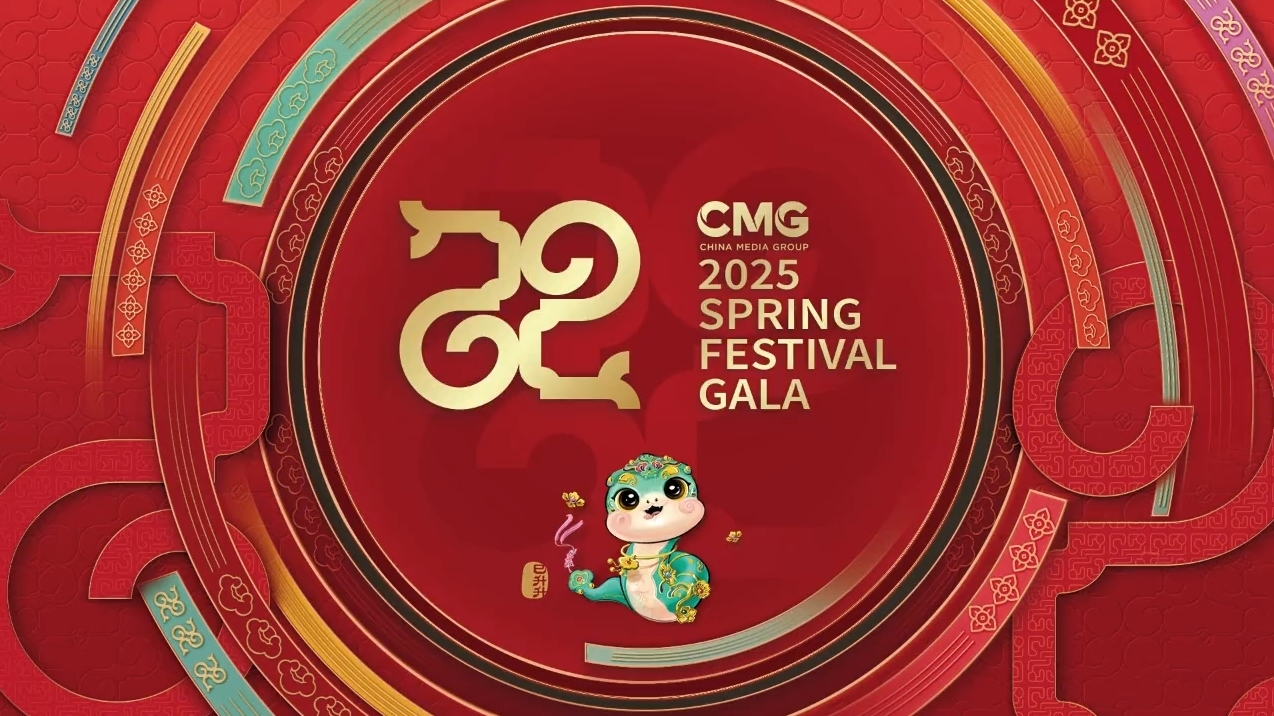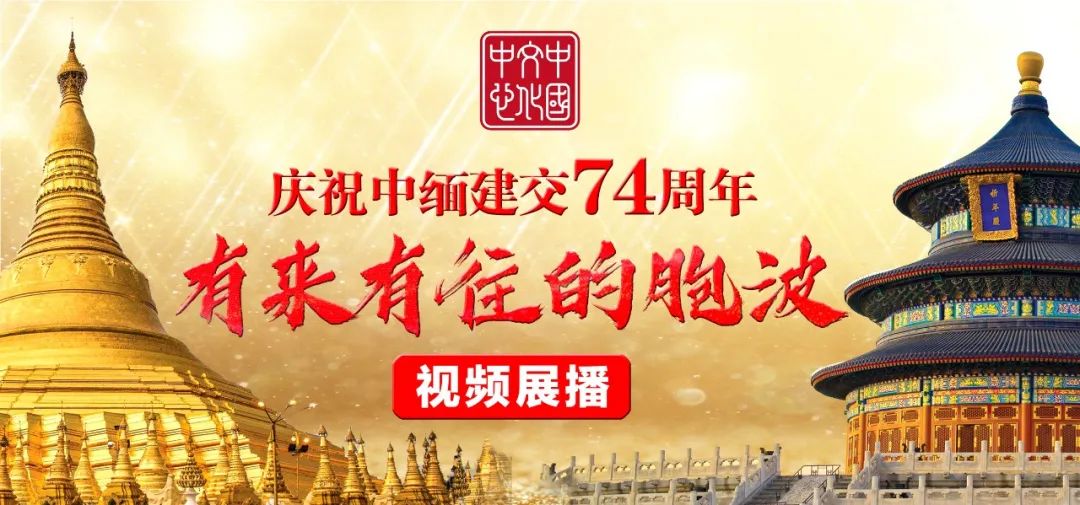၂၀၂၄ ခုနှစ် မဟာတူးမြောင်းကြီးခရီးသွားလာမှု ပြည်ပမိတ်ဆက်ခြင်းရာသီ - ကျန်းစူးပြည်နယ် ပြည်ပမိတ်ဆက်ခြင်းသီတင်းပတ် (မဟာတူးမြောင်းကြီး (ကျန်းစူးပြည်နယ်အပိုင်း))
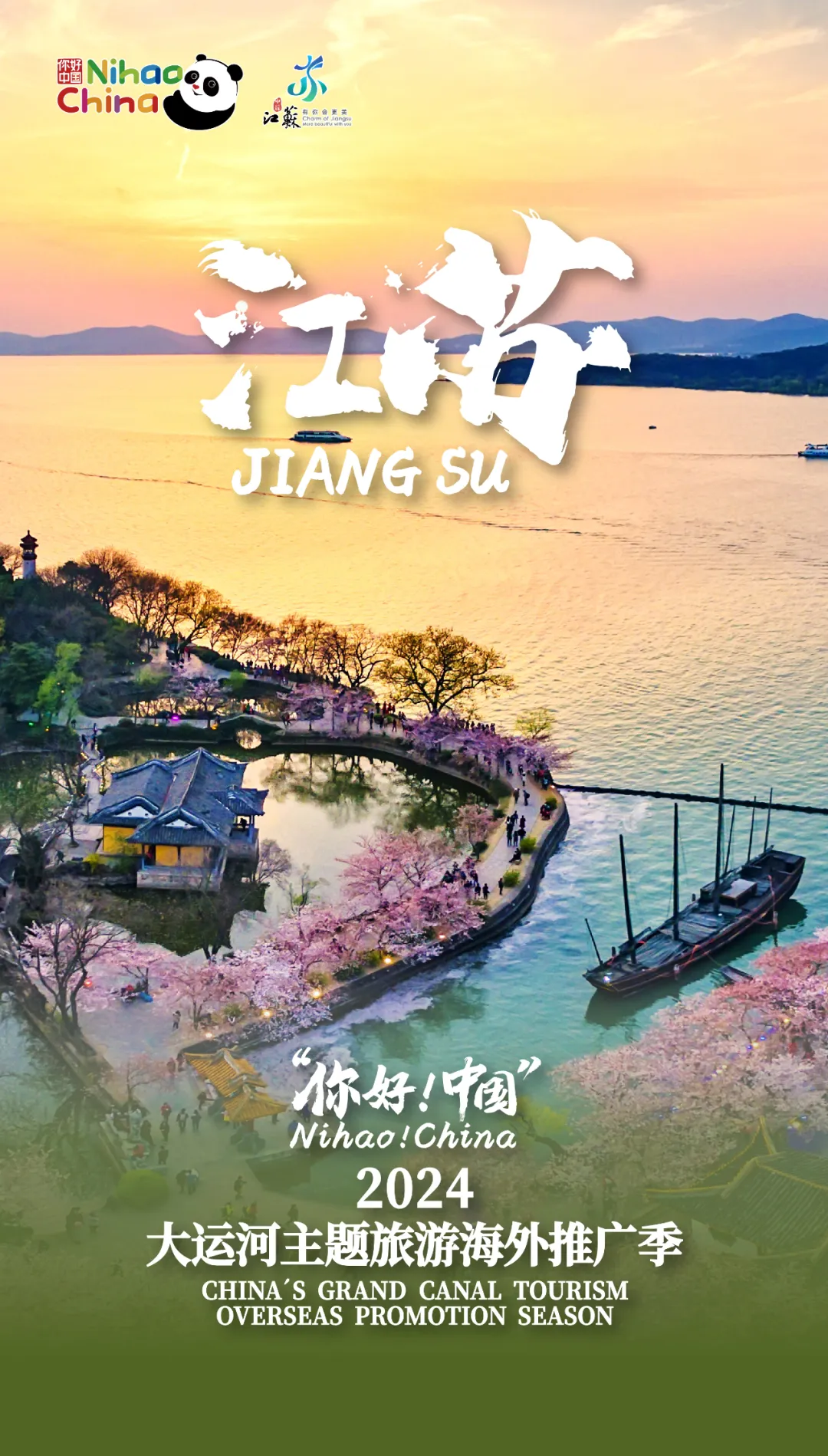
More than 2,500 years ago, Fu Chai, king of the State Wu, supervised the excavation of Han Gou(Han Canal) in Yangzhou, Jiangsu Province, starting the long history of China's Grand Canal. Known as the longest artificial canal in the world, the Grand Canal connects eastern China one whole. It serves as the carrier of the long history and splendid Chinese civilization, and embodies the Chinese wisdom in transforming and utilizing nature. Therefore, it was included in the World Heritage List in 2014. The Grand Canal in particular runs through eight cities of Jiangsu Province, including Yangzhou, where it originates, stretching to 690 kilometers with 22 heritage sites and 6 heritage sections. Numerous traditional gardens, ancient towns, and eye-dazzling pagodas line both sides of the canal. Thanks to the Grand Canal, cities along which have developed various specialties such as agriculture, rituals, cuisine, and folk culture, contributing to water charm and humanistic connotation of Jiangsu.
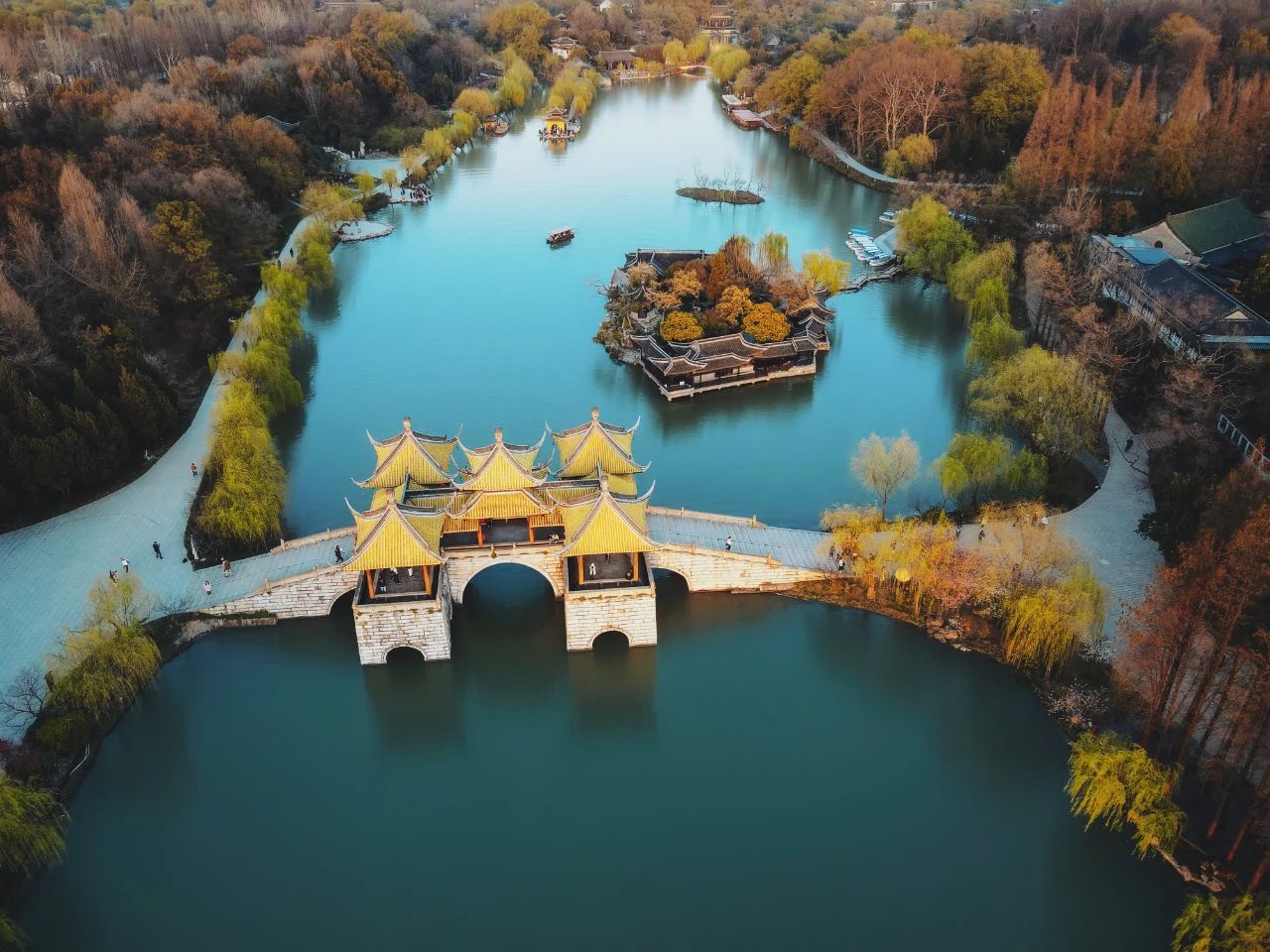
Wuting Bridge of Slender West Lake, Yangzhou (Photo by Shu Xiaojian)
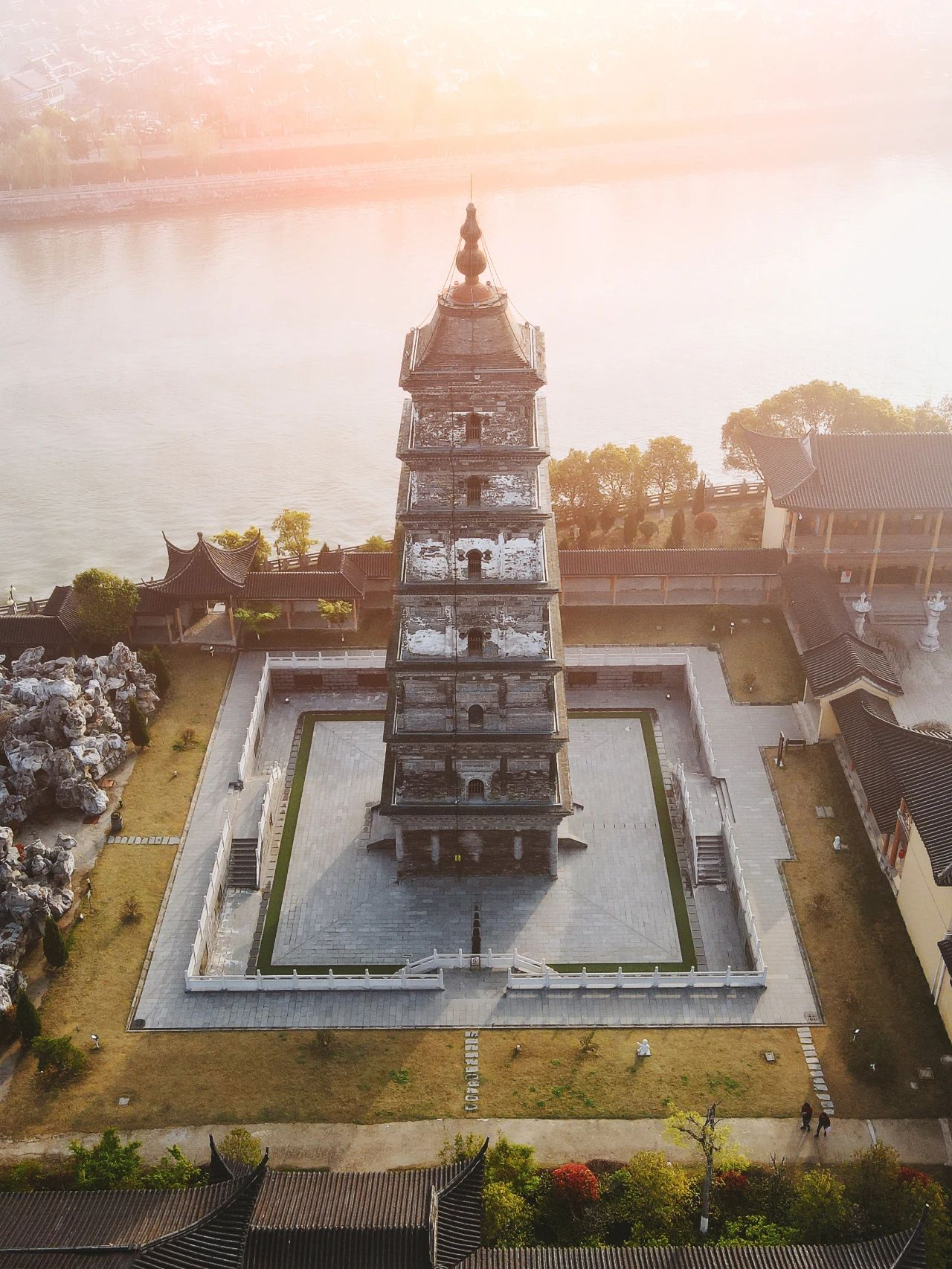
Zhenguo Temple Pagoda and the Grand Canal (Photo by Shu Xiaojian)
In spring, where should we go to enjoy the spring scenery? Chinese people know the answer. “Head down to Yangzhou amid misty March flowers”. In China, Yangzhou, a city in central Jiangsu, has been famous for a long time. Her water villages, ancient cities, gardens, poetry, food, art and others are all remarkable. During the Ming and Qing Dynasties, Yangzhou was the most important hub on the Grand Canal, and was once the most prosperous city in the country at that time. The food here is very special. In 2019, Yangzhou was designated as a UNESCO "City of Gastronomy".
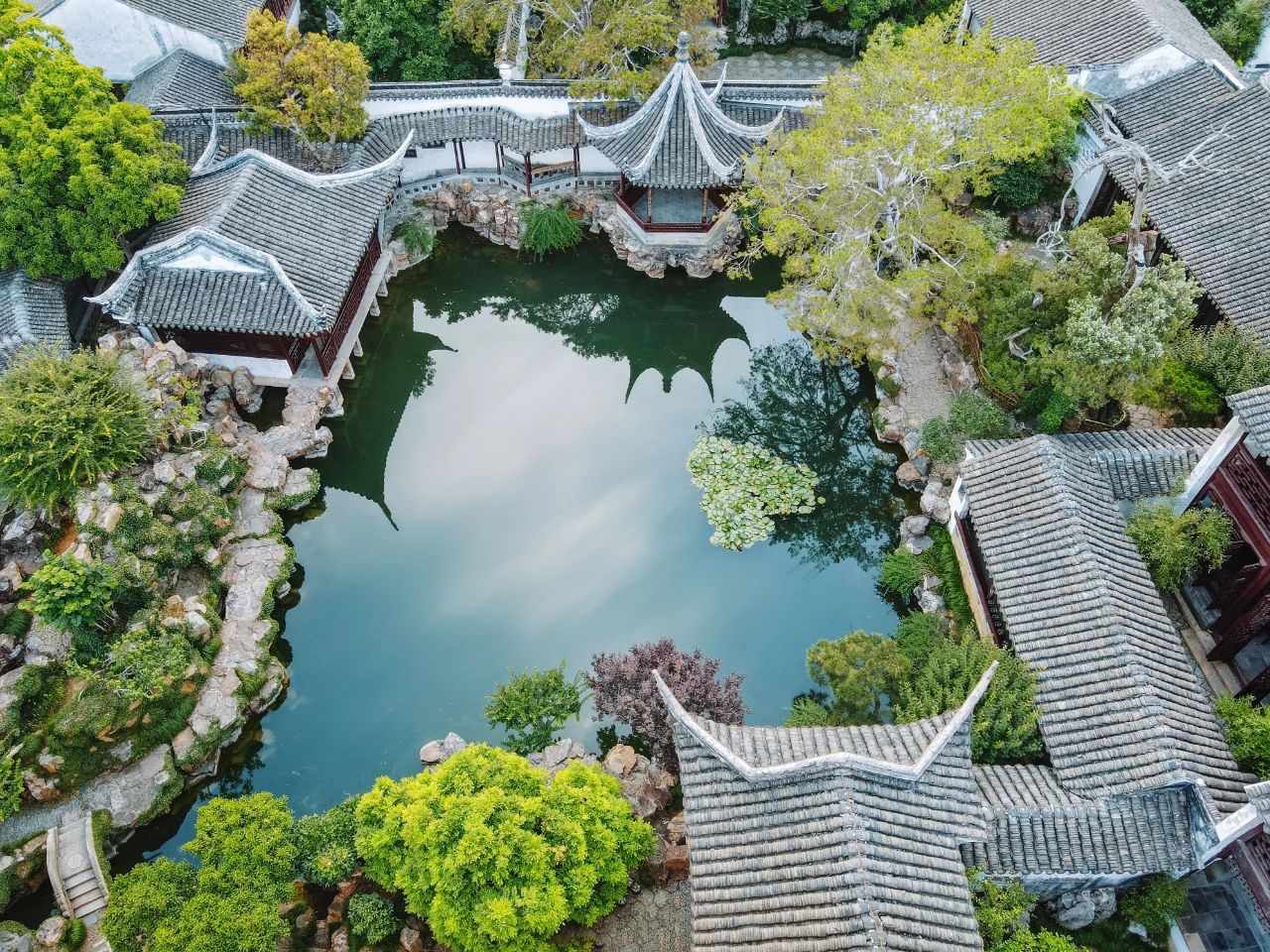
Master-of-Nets Garden (Photo by Shu Xiaojian)
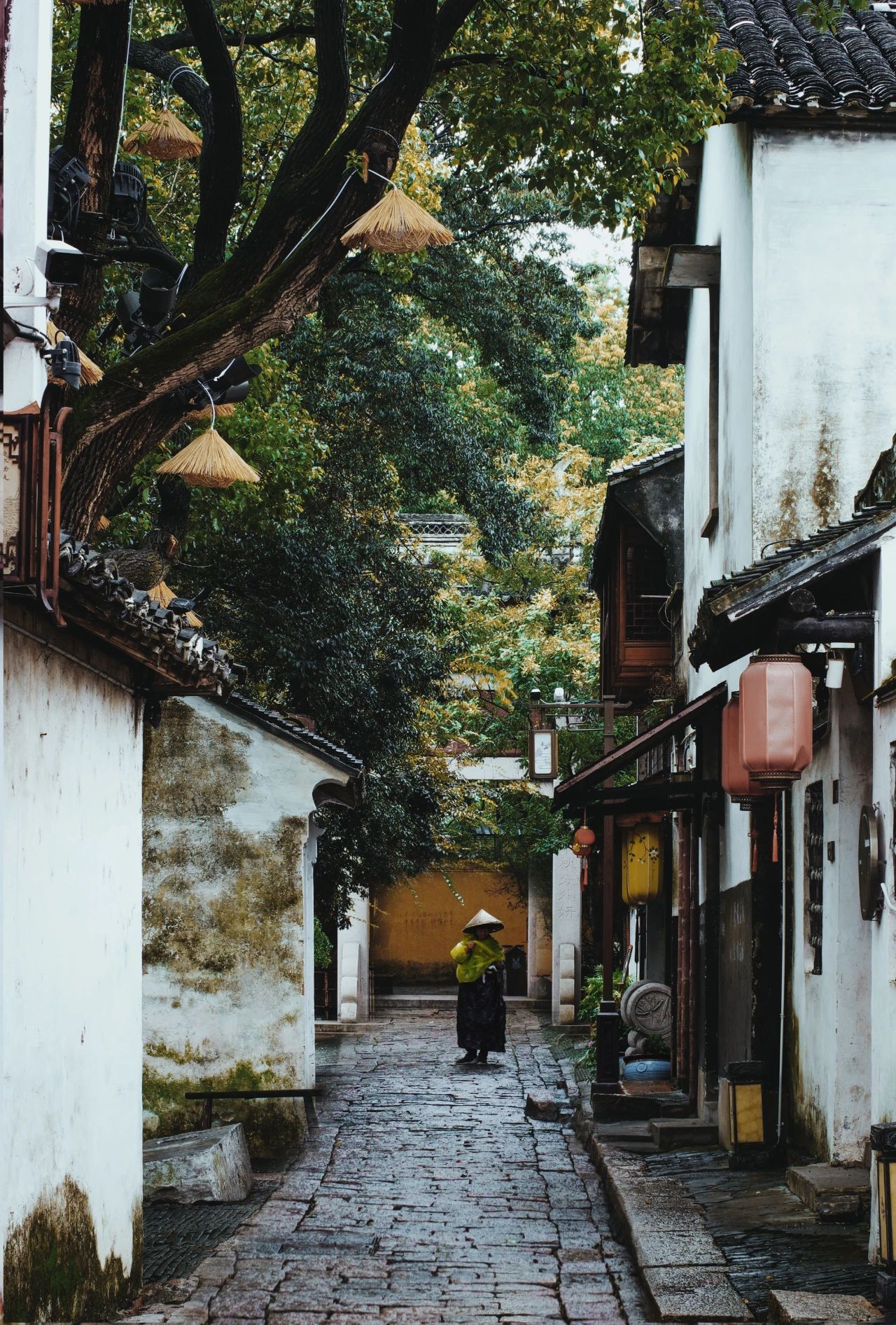
Zhouzhuang Ancient Town (Photo by Shu Xiaojian)

The Gate of the Orient, Suzhou (Photo by Cao Jun)
Suzhou is the southernmost city in Jiangsu Province. It is a developed modern city with profound history and extensive culture. It is a region of rivers and lakes, where ancient towns featured with small bridges, flowing streams and cottages gather. In addition, it is home to the Classical Gardens of Suzhou, many of which are on the list of World Cultural Heritage Sites... This is Suzhou, a city that shines like a jewel.
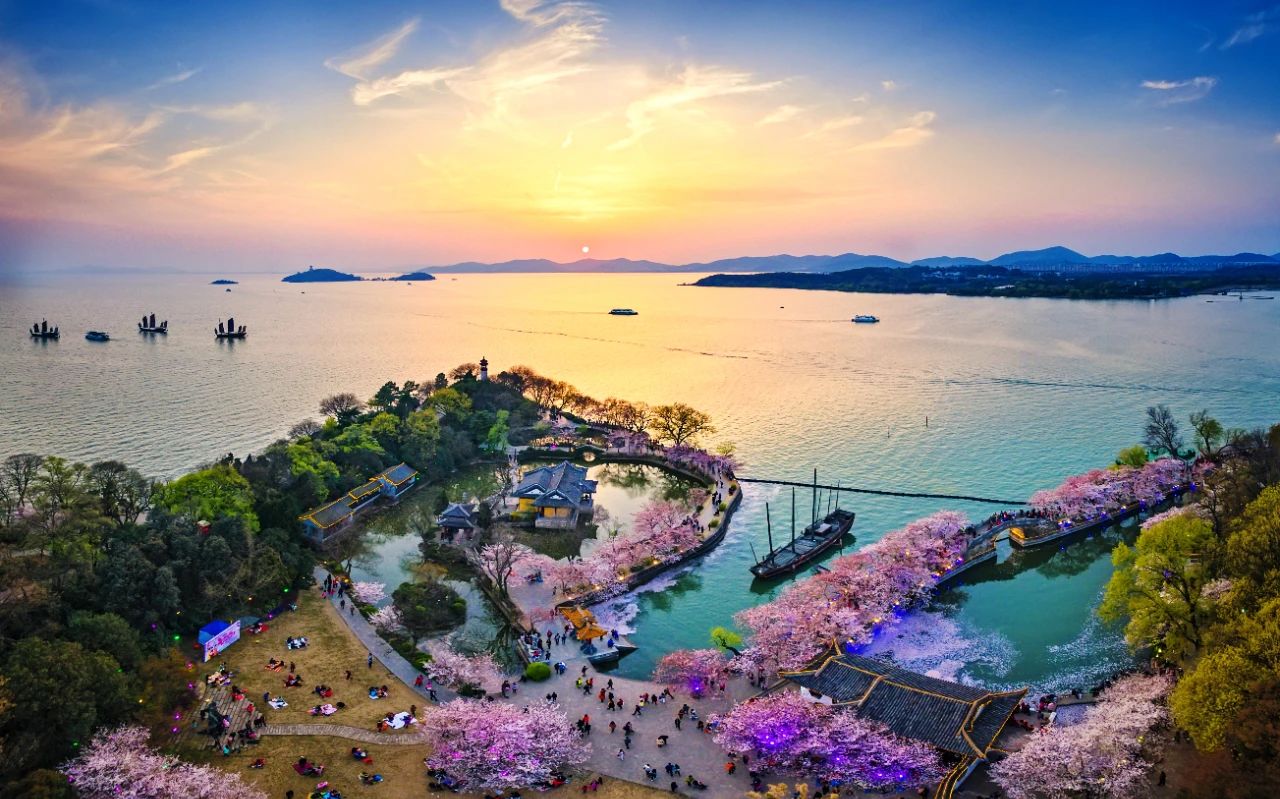
Cherry Blossom Season in Yuantouzhu,Wuxi (Photo by Shu Xi Heping)
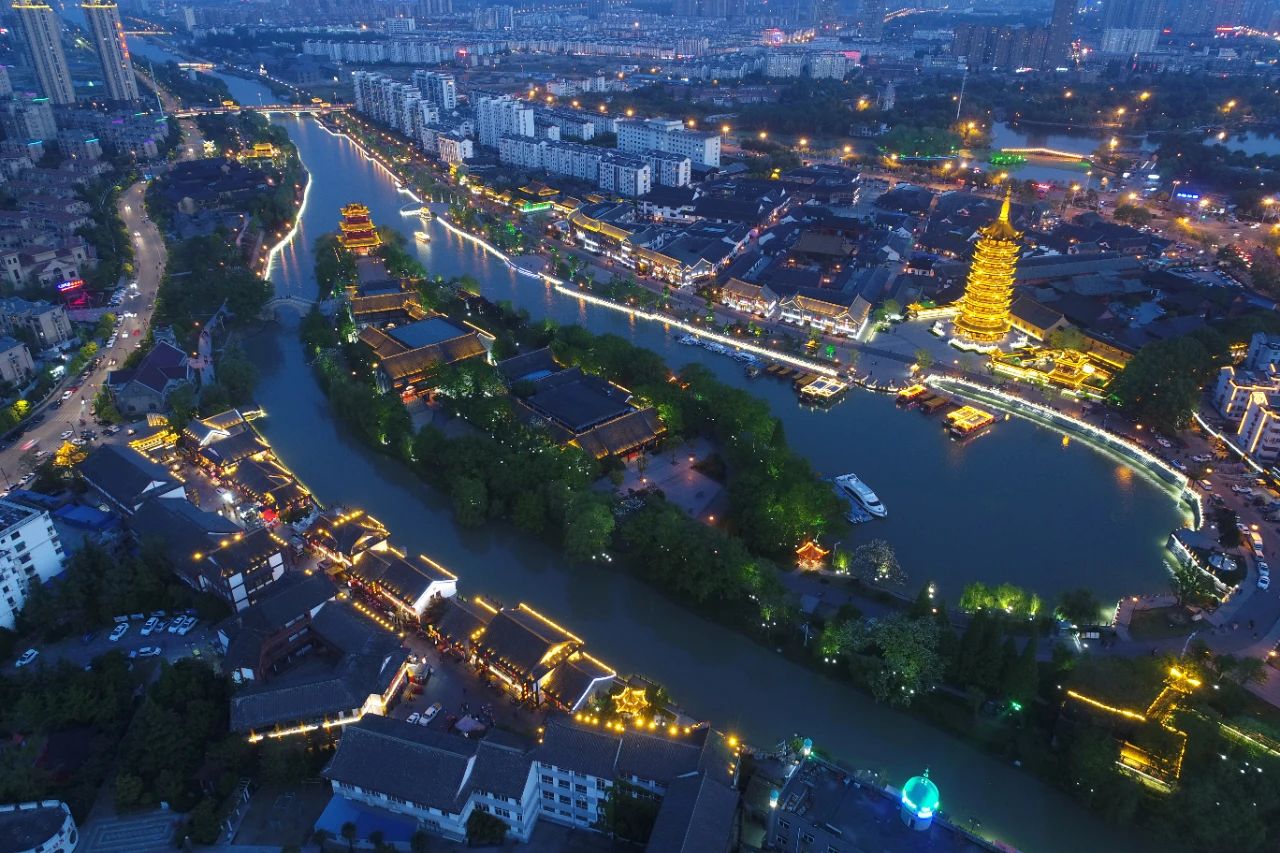
Qingjiangpu Scenic Area, Huai'an (Photo by He Jianghua)
Located in the north-central part of Jiangsu, Huai'an is a water town and an ancient city. Over the past more than 2,000 years, men of talent come out in succession here, from Han Xin, a military strategist in Chinese history, to Zhou Enlai, China's great diplomat and prime minister. In addition, it is also the capital of water conservancy projects in China. In ancient times, Huai'an was one of the most important cities along the Grand Canal. And today, the overpass over water is supporting her take-off!
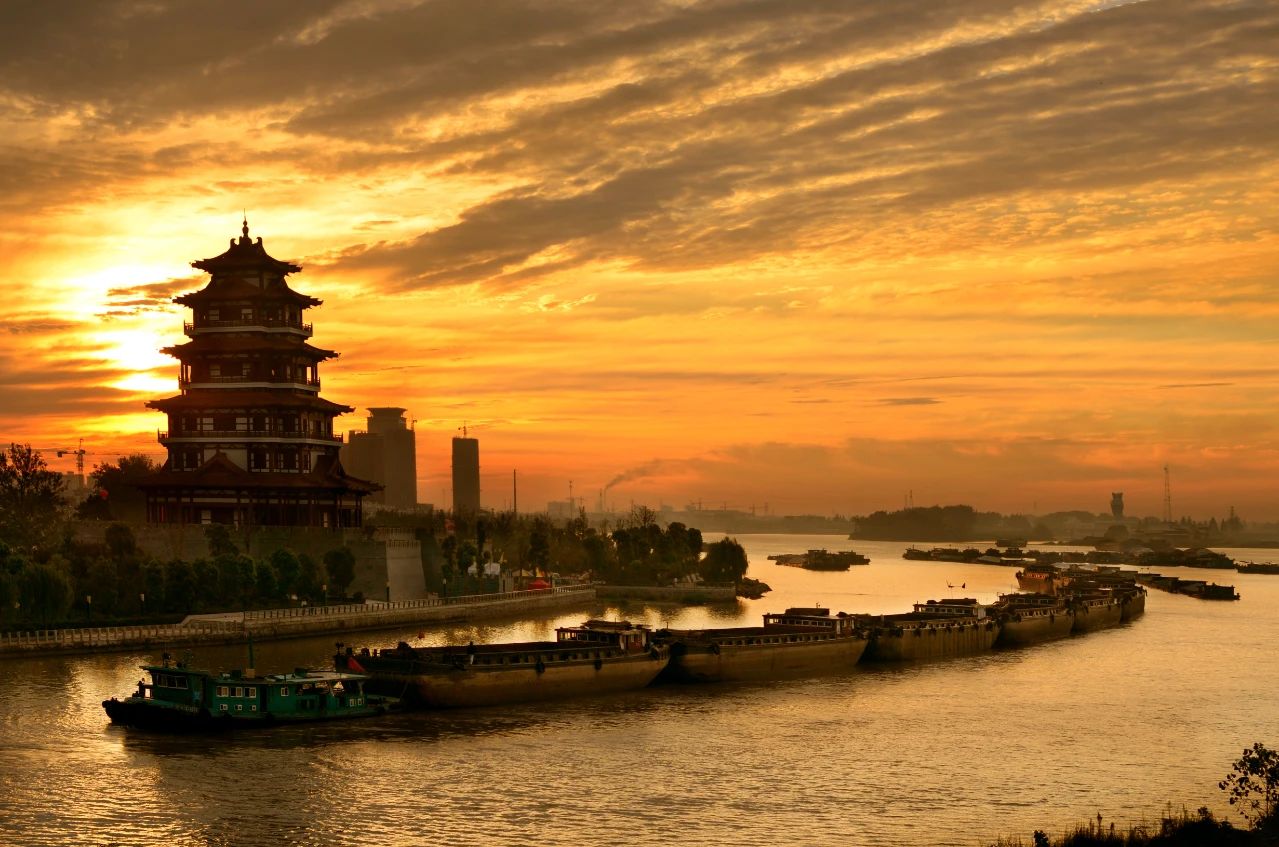
Morning Scene of The Great Canal (Suqian) (Photo by Liang Zhenyu)
People always say that China's water towns are in the south of the Yangtze River, but Suqian is a water town in northern Jiangsu with more abundant water resources. Xiang Yu, the famous Overlord of Western Chu in Chinese history, was born here. It is also one of China's four wine capitals.
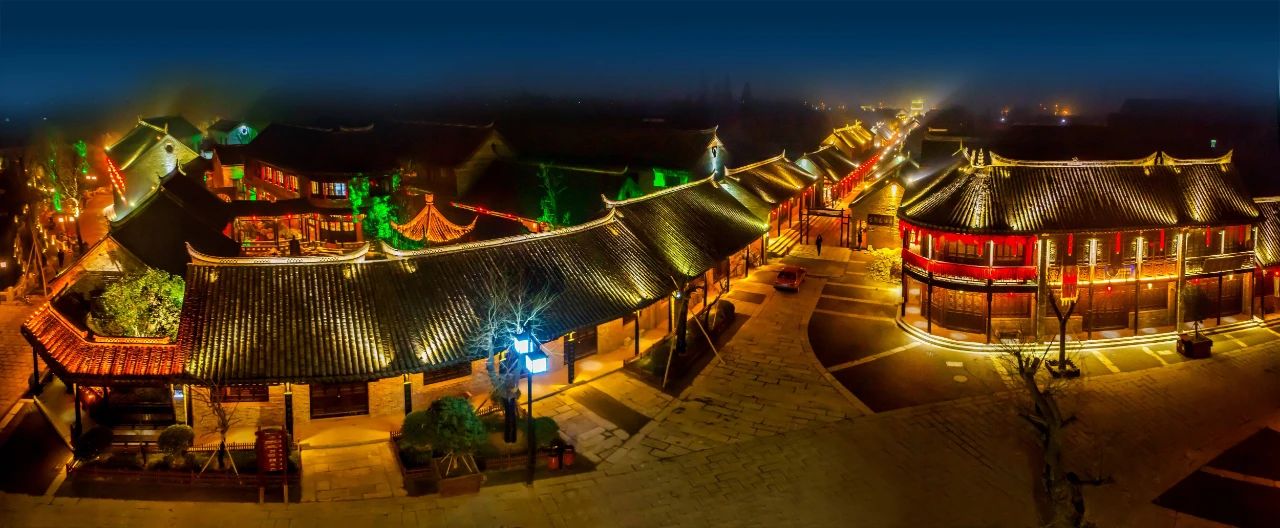
Yaowan Ancient Town, Xuzhou (Photo by Zhang Chengjun)
In terms of scenery, it rivals Suzhou and Hangzhou. In terms of cultural environment, it is comparable to Xi'an. Since ancient times, it has been a place contested by all military strategists. And it is the southernmost "pure northern city". The complicated description is about an important city in the northernmost part of Jiangsu. Xuzhou is the birthplace of Han culture in China. If you have the opportunity to come here, you must not miss the "Three Wonders of Xuzhou": Han Dynasty Terracotta Warriors and Horses, Han Dynasty Stone Reliefs and Han Dynasty Tombs!
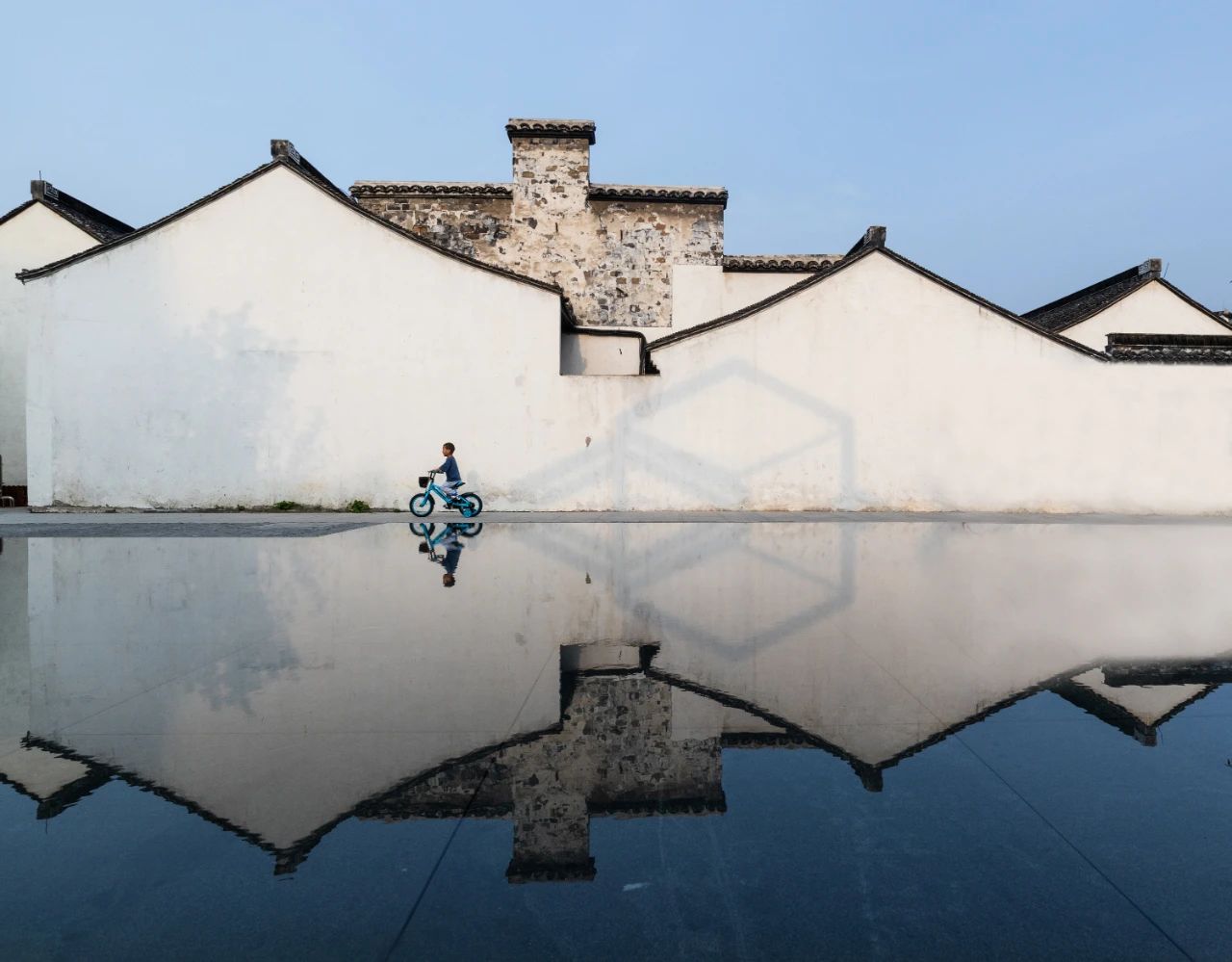
Qingguo Lane, Changzhou (Photo by Wang Yang)
Changzhou is known as the Dragon City as well as China's "Capital of Theme Parks". The city has a couple of well-known theme parks, among which the "China Dinosaurs Park" is the most famous. In terms of landscape gardens, ancient streets and alleys, Changzhou is second to none.
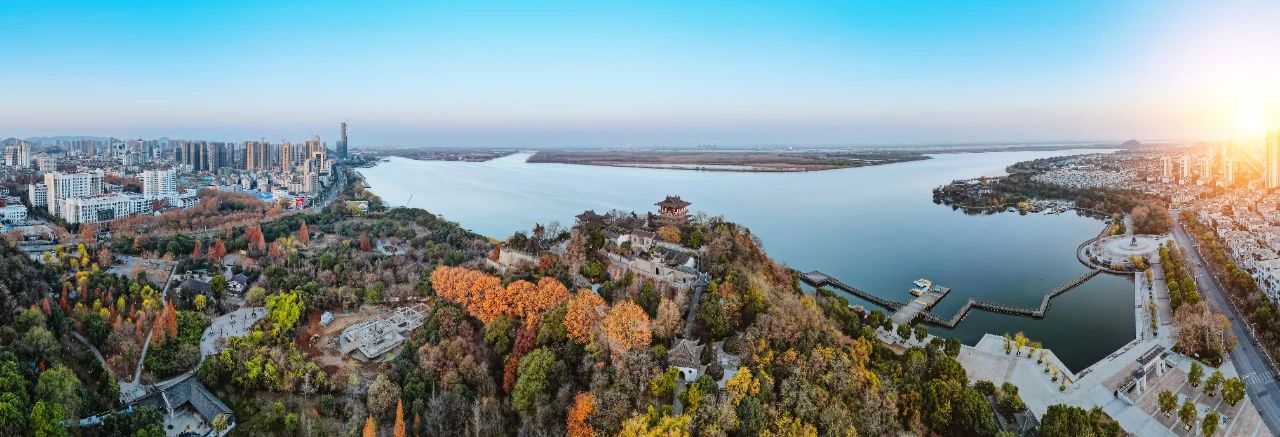
Aerial View of Zhenjiang (Photo by Shu Xiaojian)
The Yangtze River, one of China's mother rivers, flows eastward. And the last city that it runs through is Zhenjiang. Located in the south-central part of Jiangsu Province, Zhenjiang is the smallest city among the 13 cities in Jiangsu, but it covers both sides of the Yangtze River. And interestingly, it is also a city of vinegar. "Zhenjiang Vinegar" is famous all over China. It is not only an intangible cultural heritage, but also a symbol of Zhenjiang's local culture.

